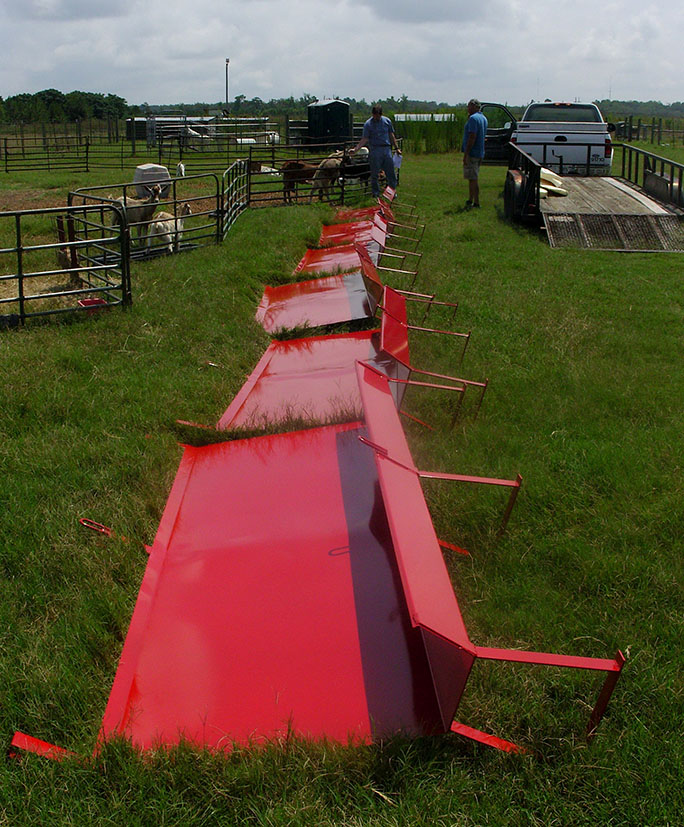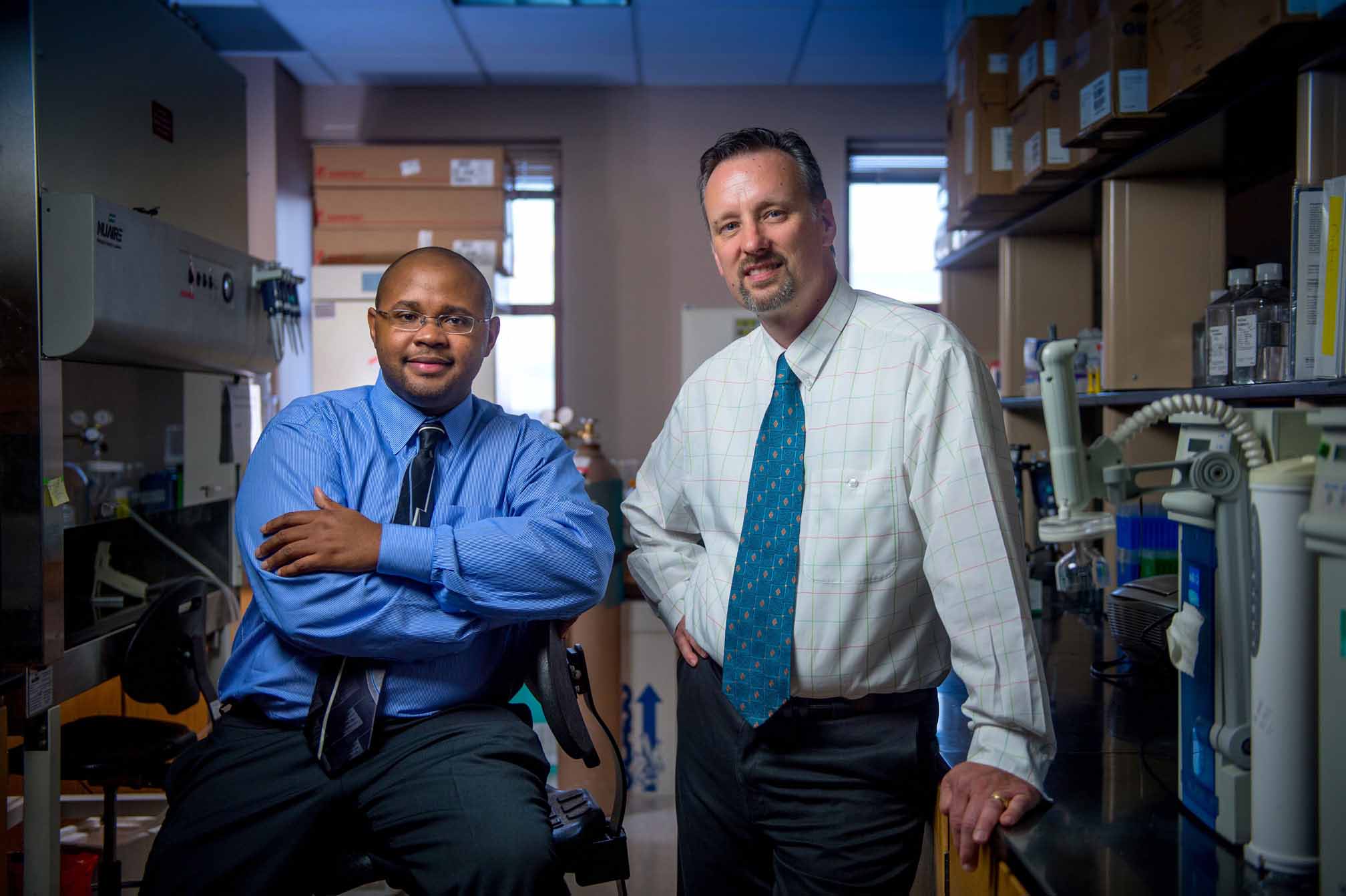 CAES News
CAES News
Brain Cure
A pig’s skin cells may hold the key to new treatments and cures for devastating human neurological diseases. Researchers from the University of Georgia’s College of Agricultural and Environmental Sciences working in the UGA Regenerative Bioscience Center have discovered a process of turning pig induced pluripotent stem cells into induced neural stem cells.

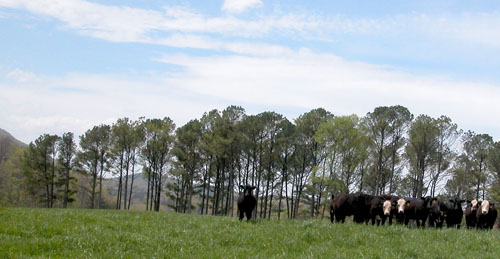
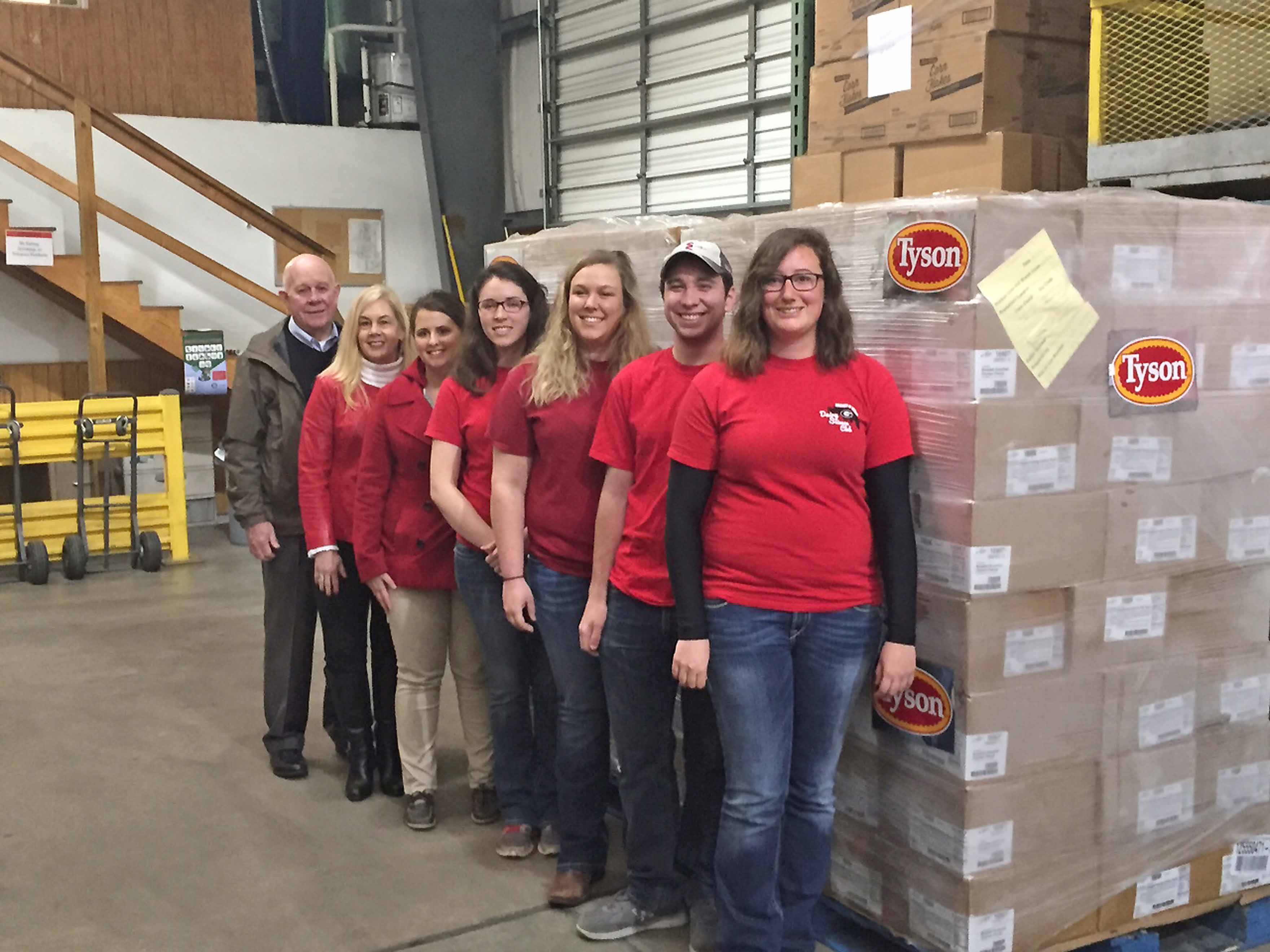
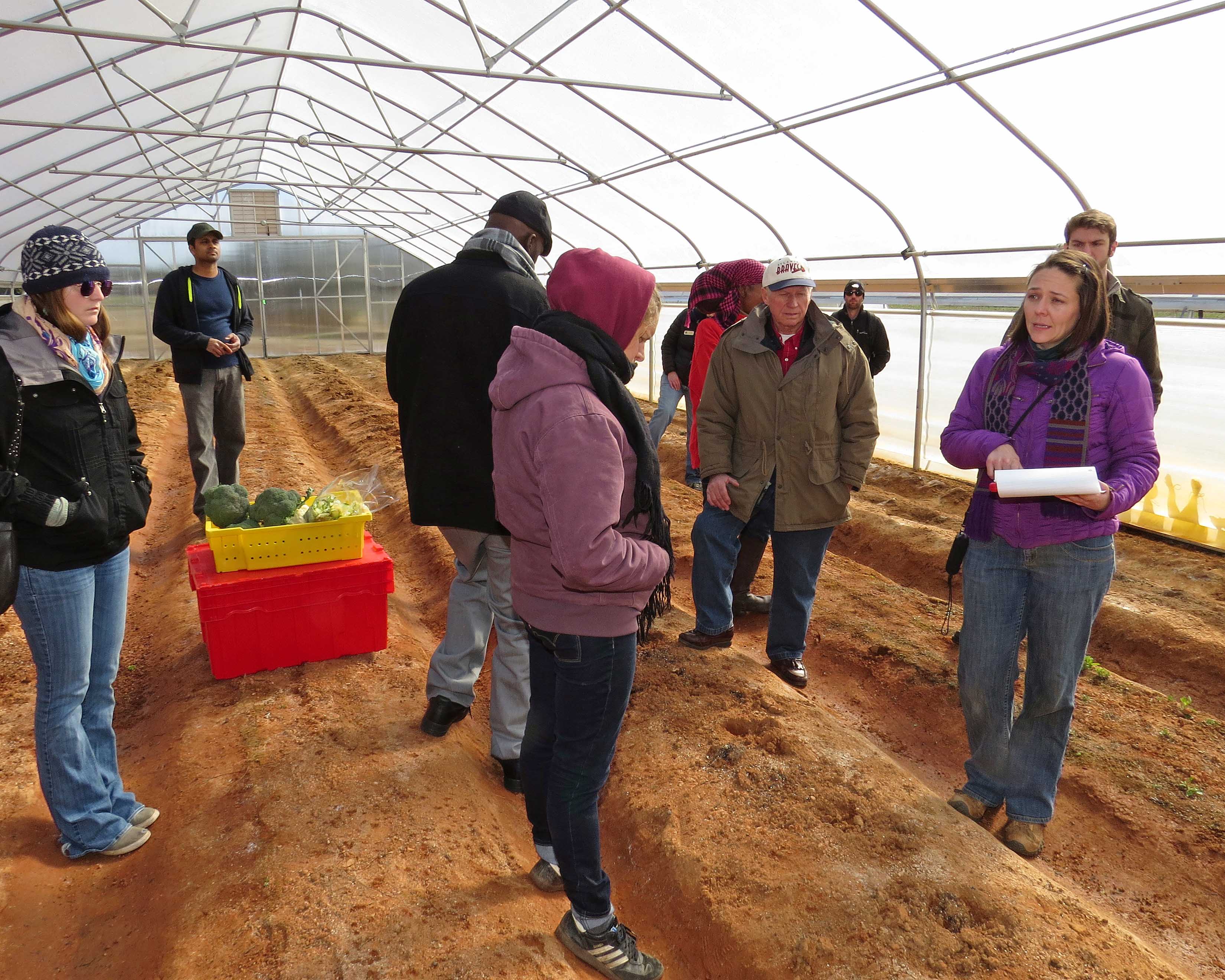
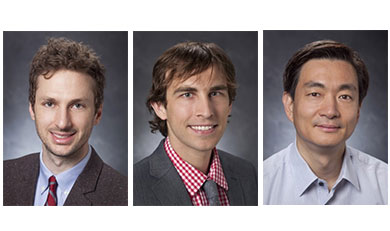
.jpg)
